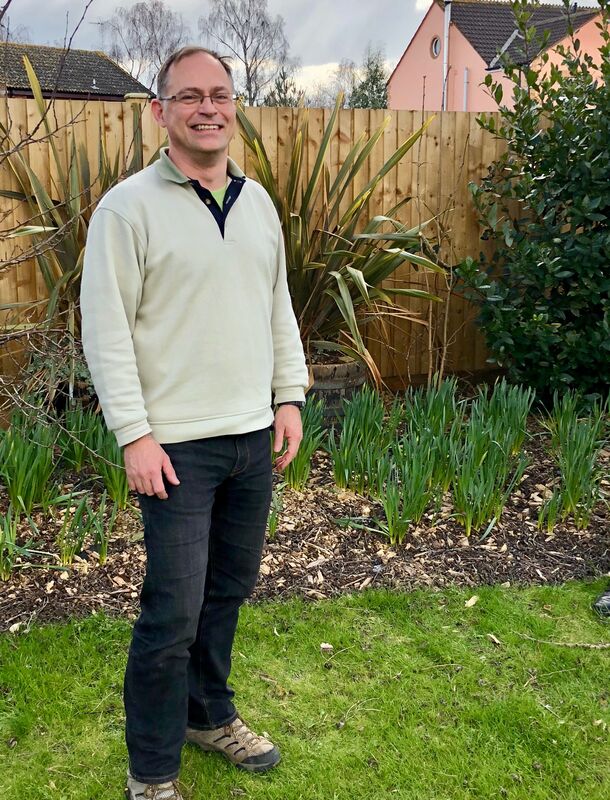|
Dr Peter Kennedy of the University of Exeter discussed progress in controlling the invasive predatory hornet, Vespa velutina nigrithorax at our AGM on Saturday (March 10).
He reviewed many of the techniques that have been employed since it first appeared in France around 2004 and showed that only identification and destruction of nests before they produce reproducing hornets is effective. The challenge is effectively finding these nests, which are often concealed high in trees, between mid-summer, when the hornets may first become evident and before October, when the colony produces the reproductive queen and drone hornets. Traditional methods of tracking such as triangulating flight lines have limitations where few hornets are around and traditional techniques such as suzemebachi, where hornets are marked with a flag and followed don’t seem to be tolerated by this species of hornet. Harmonic radar can help track hornet back to the nest, but the equipment is expensive and requires specialist operators. Dr Kennedy discussed more readily available alternatives that are much easier and cheaper to operate and discussed limitations such as signal echoes from buildings and shadowing from trees. Attendees were grateful to be able to see specimens of this exotic hornet alongside our native hornet. Comments are closed.
|
Archives
March 2024
Categories
All
|
Somerset Beekeepers Association Charity © 2021 Registered CIO Charity 1206483
Affiliated to the British Beekeepers Association
Click here to view our Privacy Policy
Affiliated to the British Beekeepers Association
Click here to view our Privacy Policy

 RSS Feed
RSS Feed
